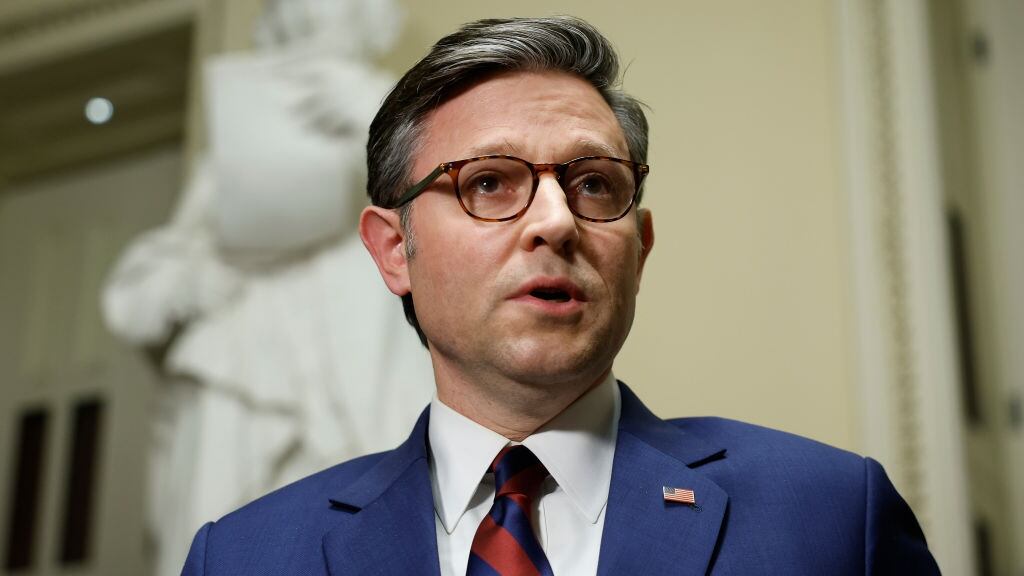Fed Faces Greater Uncertainty as U.S. Government Shutdown Looms
Fed Faces Greater Uncertainty as U.S. Government Shutdown Looms
By
Calder Monroe
Last updated:
September 30, 2025
First Published:
September 30, 2025

Photo: WFTV
The likelihood of a U.S. government shutdown this week is rising sharply after tense and largely unproductive talks between President Donald Trump and congressional leaders on Monday. With only two days left before funding runs out, Washington faces the prospect of a shutdown that could disrupt agencies and ripple through the economy.
A shutdown wouldn’t bring the country to a halt—essential services like defense, Social Security, and emergency healthcare would continue. But many federal offices would go dark, including the Bureau of Labor Statistics (BLS) and other agencies that produce vital reports on jobs, inflation, and consumer spending.
This could be a major setback for the Federal Reserve. Chair Jerome Powell and policymakers rely on these timely data releases to decide whether to raise, hold, or cut interest rates. If those reports are delayed, the Fed would be left flying blind at a time when inflation is cooling but growth remains uneven.
Why this matters for the Fed
The central bank’s decisions are guided heavily by labor market and inflation data. The August jobs report, for example, showed unemployment at 4.2% and wages rising 3.8% year-over-year—signs of gradual cooling. Without the September data, the Fed’s next policy meeting could be based on outdated numbers.
Past shutdowns show how disruptive this can be. During the 35-day standoff in late 2018 and early 2019—the longest in history—economic data releases were significantly delayed, complicating the Fed’s outlook. Analysts then warned that every week without new figures clouded the bank’s ability to set policy effectively. Powell has stressed repeatedly that “timely and accurate data” is essential for making sound decisions.
Market reaction
Wall Street was surprisingly upbeat on Monday despite the looming political crisis. The S&P 500 climbed 0.4%, the Dow rose 0.3%, and the Nasdaq gained 0.6%, powered by a rebound in AI-linked stocks. Nvidia, which had dropped sharply last week, regained some momentum, reflecting strong demand for AI chips.
Other notable moves included Electronic Arts, which jumped over 8% on news of a buyout deal, and Etsy, which surged after announcing a partnership with OpenAI’s new Instant Checkout feature. These gains highlight how artificial intelligence continues to reshape e-commerce and technology markets.
Still, investors remain cautious. Bond yields have been swinging, reflecting uncertainty over how long the Fed will keep interest rates elevated. A prolonged shutdown could add even more volatility as traders weigh weak data visibility against political dysfunction.
Global backdrop
Outside the U.S., key developments are influencing market sentiment. The White House has been pressing Taiwan to move advanced semiconductor production to American soil in a bid to strengthen supply chains and reduce dependence on China. Meanwhile, China’s manufacturing activity showed signs of recovery in September, a positive shift after months of slowdown.
Hedge funds are also drawing attention for trading patterns that increasingly mirror stock indexes, raising questions about the future of active management in financial markets.
What comes next
If lawmakers cannot reach an agreement before the deadline, hundreds of thousands of federal workers may face furloughs, and critical data releases will stop. For the Fed, the timing is difficult—its decisions on interest rates will directly affect mortgage costs, credit markets, and household spending well into next year.
While investors may find short-term opportunities in market swings, the bigger challenge lies with policymakers. Steering the U.S. economy without clear data is like navigating in a storm without a compass. And for ordinary households and businesses, the consequences of political gridlock in Washington could soon be felt in higher borrowing costs and greater uncertainty about the future.
Popular articles
Subscribe to unlock premium content
The Rise of Silent Walking Tours in Historic Cities

The Rise of Ultra-Niche Cooking Classes Focused on Historical or Regional Recipes

The Rise of One-Person Dining Experiences for Ultra-Introverts in Major Cities

The Rise of Silent Walking Tours in Historic Cities

The Rise of Ultra-Niche Cooking Classes Focused on Historical or Regional Recipes

The Rise of Silent Walking Tours in Historic Cities









